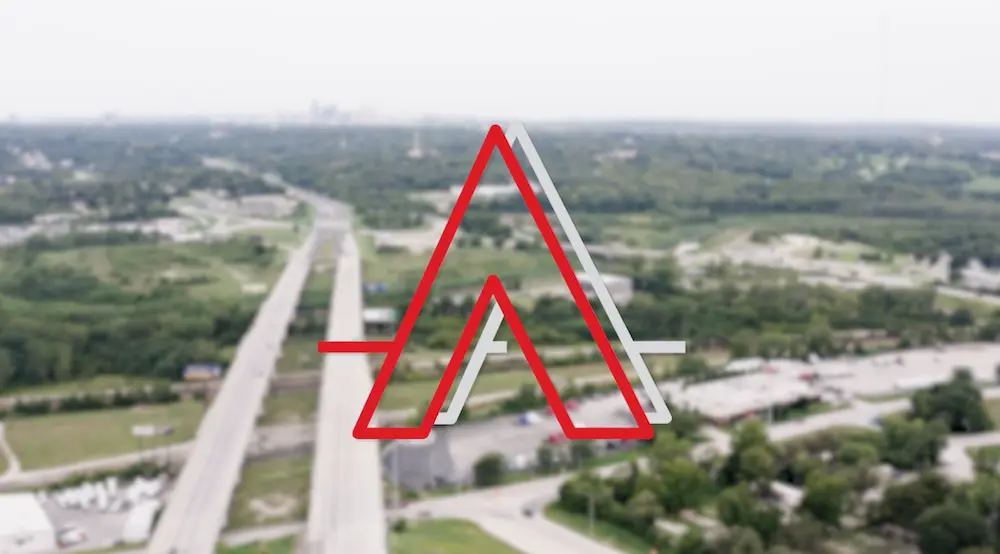5 Ways for New Truckers to Appreciate the Relevance of Today’s CB Radio
February 21st, 2022
By Arrow Truck Marketing
Yes, you have a smartphone that connects you to the world. You can text or call anyone you choose at any time (except while driving your rig). Dispatch is tracking you and checking in wherever you go, thanks to your GPS system. Plus, you’ve got satellite radio for entertainment, so who needs more?
New truckers who debate the usefulness of owning a CB radio use the reasons above to support the notion that the Citizens’ Band radio is an obsolete relic from the ’70s. However, the opposite is really true. CB radios are relevant safety and communication tools that are commonly used by truckers today.
Be smart and learn the basics of using a CB radio. Here are some facts about CB radio communication, along with five ways to appreciate a CB radio.
1) Use Your CB to Get Local Information in Real Time
A CB radio has a range of around one to five miles but can carry a signal much farther in some circumstances. There are few restrictions on CB radios. You may use your CB while driving, and no license is required to broadcast over your radio as a personal CB operator. If, instead, you use your smartphone while driving, you face fines or worse if an accident occurs while you’re chatting on the phone.
Because of the very location-specific communication available with your CB radio, you get updates about what’s happening right at the moment you approach an interstate work zone or weigh station. Truckers on the opposite side of the freeway or state highway can tell you what’s going on just up ahead. Truckers in front of you—who’ve just passed a problem you now face—can let you know how it’s going on your side of the road.
2) Understand How a CB Radio Is Set Up
There are simple and deluxe CB radios available. Most CBs will have three main control knobs on the radio unit for volume control, channel selection, and squelch control. On high-end units, you can choose Single Side Band (SSB) or AM mode. SSB mode offers a greater range of listening possibilities and less background noise, but you can only communicate with other SSB CB radios.
Depress the microphone transmission button on the hand-held microphone to speak, and keep the button pressed down while speaking. After speaking, release the button so you can listen to the responses and other local talk.
3) Pick the Right Channel to Offer or Obtain Information
There are 40 channels you may use as a personal CB radio operator. Most truckers use the unofficial channel 19 (27.185 MHz) to communicate. This channel offers highway traffic information from truckers and other drivers.
You’ll find a lot of aimless chatter along with the useful information on channel 19. (Some truckers have nicknamed the channel “Sesame Street” due to its frequently childish content.) Say “break one-nine,” in order to make sure you’re being heard and “break” when you want to ask a serious question.
Channel 9 (27.065 MHz) is an emergency-communication channel. It’s monitored by local officials, federal agencies, and first responders. Use this channel to report a serious injury, accident or hazardous road condition. Only use channel 9 to communicate life-threatening emergencies. However, you may listen to channel 9 at any time to hear updates on accident sites and weather-related events near your location.
4) Learn How to Operate Your CB Settings
One of the most important benefits of CB radios is their ability to transmit even where there are no cellphone towers or Wi-Fi signals. If you’re stuck in a rural location with no reception, your CB radio still works.
Learn how to adjust your CB settings in various locations. Your microphone gain should be set to maximum to be heard well. If you’re in a populated area, switch on the automatic noise limiter (ANL) setting to reduce radio clutter from multiple sources. You can also turn up your squelch button to reduce static, but this will limit your ability to hear all stations and CBs in your range.
5) Familiarize Yourself with CB Lingo
There are multiple guides to CB lingo and radio 10-codes online and at truck stops. Learning the meaning of 10-codes helps you know what is being communicated by police and law enforcement as it may affect public safety. There are General Purpose and APCO (Association of Police Communications Officers) 10-codes that vary slightly. For example, 10-53 stands for “Road Blocked at__.” One of the funniest aspects of CB lingo is the huge array of nicknames that semi-truck drivers have adopted. Just search the internet for “Trucker Slang” and you may find some amusing results.
Give yourself a handle, too, or you risk earning a nickname that makes you cringe. Older truckers can be snarky, but they try to tease only in fun. When there’s an emergency, truckers work together to help warn other drivers and save lives. In one recent case, truckers communicated by CB and were able to box in a kidnapping suspect’s vehicle on the highway until law enforcement arrived.
Arrow Truck Sales, Inc. sells high-quality, pre-owned Class 8 tractors and trucks for all of your hauling needs.
